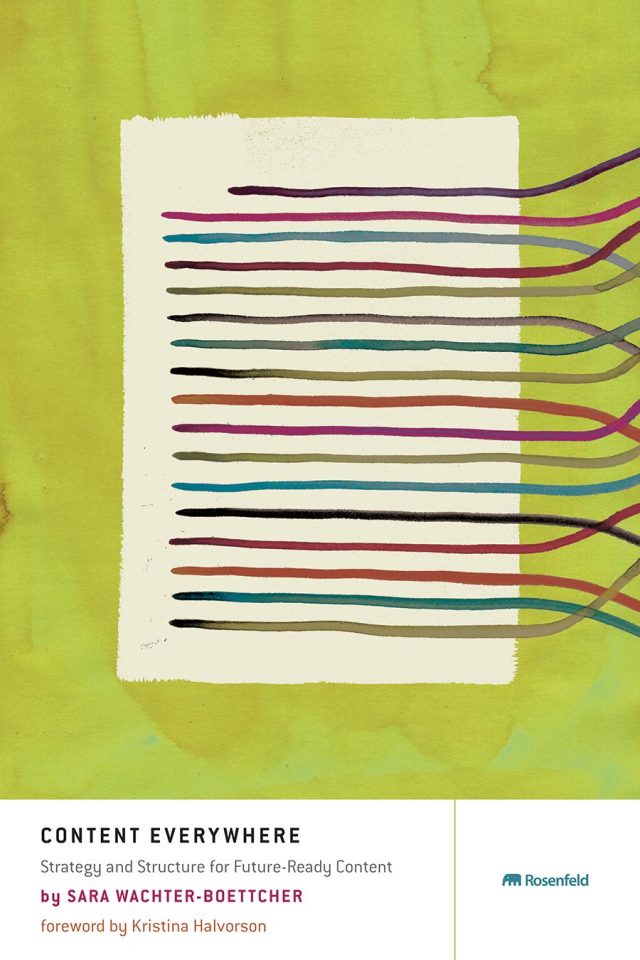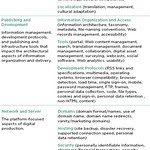I remember well the day I pitched Cisco’s senior staff on leveraging the Web for all our business processes and for creating an organization, job descriptions, and clear roles and responsibilities to support our Web efforts. They agreed, looked around the room, and said, “Which group should do it? (It could have been IT, customer service, or marketing.) Someone said, well, Sinton (marketing), you do it. And that was that. A clear decision, at least in the beginning, and the desktop PC (!) that housed Cisco’s website was delivered outside my office along with the person managing it.
And we were off and running—soon envisioning Cisco as a global networked business where the Web improved relationships for all of our business constituents (prospects, customers, investors, suppliers, employees, etc.). It was somewhat easy at first to maintain the “presentation layer” (now called UX) and core functions, such as registration databases, content management, and search. We built them from scratch and had a mandate from our CEO to manage them. Cisco’s embrace of the Web as a core business strategy was both a strength and a weakness. With so much “embracing,” there began turf wars and disintegration that played out, sometimes very clearly, on the customer, employee, and partner websites.
We were developing a new tool for business while working in the fastest growing company of the 1990s. It was chaos, and it became clear that top-down, cross-functional and international coordination was needed to effectively deliver on the promise of the Web. And so we began to experiment with governance models, ultimately landing upon a lead “business council” with supporting cross-functional teams at various levels to help our work be more effective. This business council had at its core an alliance between marketing and IT.
This solved some of our challenges, but not all. Clearly, Cisco was ahead of its time in leveraging the Web for business. In 1996, 20–25% of all Web commerce was done on cisco.com, yet we struggled as we continued to scale, decentralize, and globalize our business. We learned, over time, that it takes the full width and breadth of the organization to support the company’s digital efforts, and that it needs to be addressed and coordinated at many levels of the organization from executive to individual contributors.
If only we’d had this book as we blazed that trail, we could have been even more productive and even more customer focused. I’m so thankful that someone as brilliant as Lisa recognized what was happening, both at a tactical and at an organizational development level, and wrote about it. I still believe in the power of the Web to change the way we live, work, play, and learn. Hopefully, Lisa’s insights in the area of digital governance will help even more companies unlock that power and potential.
—Chris Sinton
Chair Emeritus StartOut
Co-Founder and Founding President & CEO Network for Good
Internet Trailblazer Cisco Systems














